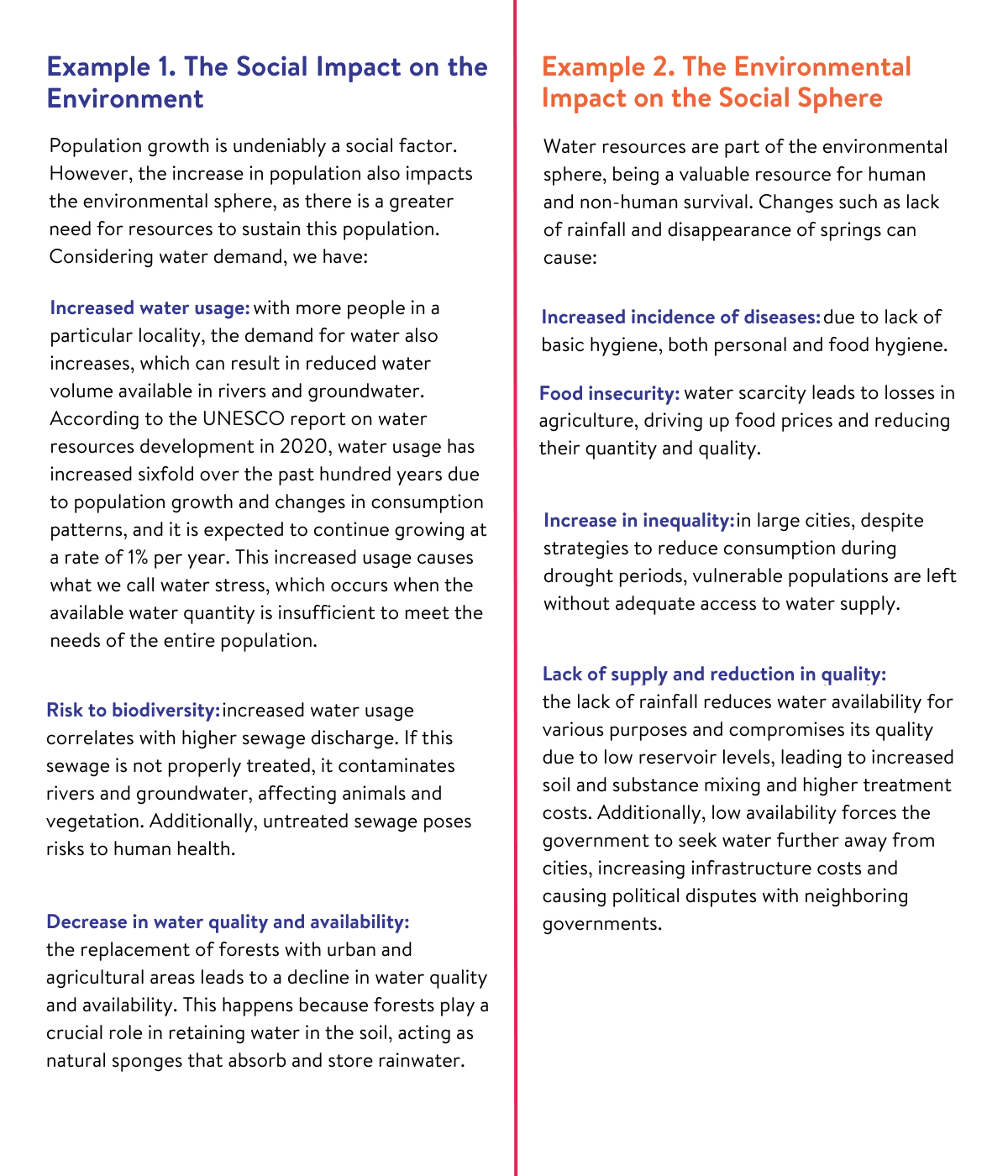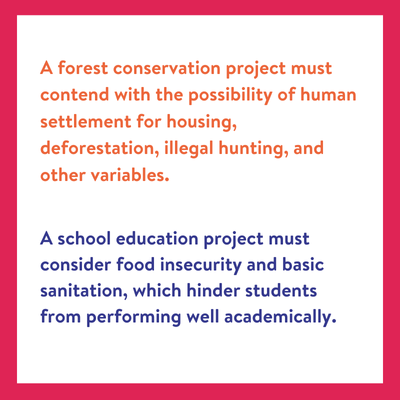By Daniel Barretti, project manager at IDIS
“What is the difference between living in a world that is a mess and a world that is messy?”. This was how Philip Yun, Head of Global Philanthropy Forum, started the opening session called ‘Philanthropy: untangling the knots of the world’, during the Brazilian Philanthropy Forum 2024.

The idea is that society is not essentially a mess, but rather is living in a planetary mess created by itself. The positive part of this is that the mess, therefore, can be tidied up, and philanthropy can and should have an important contribution in this. For that reason, philanthropic actions should be efficient in comprehending the current challenges and proposing solutions as they arrise.
 Amongst the many meanings of the Portuguese polysemic word ‘nós’, one of the most commonly used is to say ‘us’. But the panelist’s speeches pointed out a meaning of the word contrary to this word: the lack of collectivity – maybe the main challenge we must face in contemporary society. Sergio Fausto, General Director of Fundação Fernando Henrique Cardoso, says: “Spaces that should be plural and democratic are far from being spaces that privilege the debate and public interest”.
Amongst the many meanings of the Portuguese polysemic word ‘nós’, one of the most commonly used is to say ‘us’. But the panelist’s speeches pointed out a meaning of the word contrary to this word: the lack of collectivity – maybe the main challenge we must face in contemporary society. Sergio Fausto, General Director of Fundação Fernando Henrique Cardoso, says: “Spaces that should be plural and democratic are far from being spaces that privilege the debate and public interest”.
The ‘knot’ of the absence of collectivity is that which implies a lack of dialogue, a lack of plurality of people, ideals, skills and practices.
To Renata Piazzon, Managing Director of the Arapyaú Institute, one of the main ‘knots’ to be untangled nowadays is the climate agenda. However, it does not stand alone.

The environmental issue is interconnected with an extreme lack of collective sense, where the false dualism of man and nature prevails. According to the panelist, philanthropy must first understand climate issues from an integrated development perspective where, for example, heat waves, drought, and alarming fire outbreaks are not restricted to environmental concerns but also to agriculture, public health, and economy. After all, the interrelation between these phenomena is clear. The scenario of severe drought and fires directly impacts the population’s health, as well as the loss of agricultural crops. The unraveling of this chain reaction also leads to rising food prices, inflationary pressure and the consequent loss of purchasing power and deterioration of the population’s diet.
Watch the entire session
Philanthropy should promote network action, articulating and mobilizing diverse social actors: the connectivity and collectivity as a solution to complex systemic problems.
If one of the main ‘knots’ to untangle is the absence of collectivity in society, this also seems like a challenge philanthropy itself must deal with.
 Cida Bento, cofounder of the Center for Studies on Labor Relations and Inequalities, reinforces the importance of collectivity through the establishment of networks, and she goes even further defending a change in the power structure, bringing more diversity and, therefore, plurality of voices and interests to philanthropy. The search for solutions and the decision-making process lacks perspective from the part of the population that has been historically marginalized, the one’s who suffer with social, economic and environmental challenges in the current reality.
Cida Bento, cofounder of the Center for Studies on Labor Relations and Inequalities, reinforces the importance of collectivity through the establishment of networks, and she goes even further defending a change in the power structure, bringing more diversity and, therefore, plurality of voices and interests to philanthropy. The search for solutions and the decision-making process lacks perspective from the part of the population that has been historically marginalized, the one’s who suffer with social, economic and environmental challenges in the current reality.
“[Collective and plural spaces] enable a more conscious decision-making and, therefore, generate a bigger impact”, completes Sergio Fausto.
A movement known as ‘trust-based philanthropy’ works in this path, advocating that funders should establish their relationships with benefiting partners through trust and collaboration, instead of conformity and control.
Rethinking the future of philanthropy
The educator and philosopher Paulo Freire once said that it was because of his love for the people and the world that he fought for social justice to establish itself before charity. It is not about demeaning charity itself, but rather knowing that by promoting charity as a consequence of a structure of privileges, there is a great risk that it serves as an instrument of maintenance, and even as an alibi for inequality.
Philanthropy differs itself from charity precisely through its strategic nature, capable of better allocating, qualitatively and quantitatively, private capital resources to public and collective causes. The question we must ask ourselves is: has it been effectively strategic? If the major ‘knot’ of the lack of collectivity, emphasized by the speakers, is present both in the current problems of society as well as in the way philanthropic actions have been carried out, this seems to indicate that the philanthropic sector also runs the risk of reproducing social power relations.
May harmony, reciprocity, collectivity and plurality be interlaced with a more powerful philanthropic thinking and acting process able to address current challenges, which are currently governed by almost exclusively private and economic interests.
Maybe it is time for society to rethink the subject of philanthropy (the white men, holder of financial resources and a certain professional prestige). After all, it seems urgent for us to look around and ask ourselves: who has the more to give and who has the more to receive and learn nowadays?
Photos by: André Porto and Caio Graça/IDIS.




